The Pipeline Bidirectional Pig is a specialized tool that the pipeline industry uses to perform maintenance and inspection tasks. This type of pig can travel in both directions within a pipeline, offering significant flexibility and efficiency for various pipeline operations.
The Bidirectional Pig is particularly valuable in looped or complex pipeline configurations where access may be limited. Its ability to reverse direction without needing extensive setup changes or additional equipment makes it highly efficient. This capability ensures comprehensive cleaning and inspection coverage across the entire pipeline length. It also reduces the need for multiple entries and exits, which can streamline maintenance schedules and reduce operational interruptions. By enhancing both the thoroughness and speed of pipeline maintenance, the Bidirectional Pig plays a crucial role in maintaining the health and efficiency of pipeline systems.
Here are some key features and benefits of the Pipeline Bidirectional Pig:
Key Features of Bidirectional Pig
Dual Direction Capability: Unlike unidirectional pigs, bidirectional pigs can travel both upstream and downstream within the pipeline. This feature enables the use of the same pig for multiple operations without retrieving and reinserting it from different ends. Design: Engineers typically design bidirectional pigs with sealing and scraping elements on both ends. This symmetrical design ensures that they can operate effectively regardless of the direction of travel. They can perform a variety of tasks including cleaning, batching, and displacing fluids. Their capacity to reverse direction proves particularly useful in looped pipeline systems or in applications where the pipeline is only accessible from one end.
| Name | Oil Pipe Pig |
| Material | 1. steel framework main body. |
| 2. The disc material is available for Polyurethane, Viton, Neoprene, Nitrile butadiene etc. | |
| 3. The cup material are available for Polyurethane, Viton, Neoprene, Nitrile butadiene etc. | |
| 4. Steel brush or nylon brush. | |
| Feature | 1. Firstly, good wearing resistance. |
| 2. Secondly, strong passing ability. | |
| 3. Nice cleaning performance. | |
| 4. Then accurate location and tracking. | |
| 5. At last, a low rate of false positives. | |
| Packing way | packed pipe cleaning pigs with inner plastic film and outer plywood wooden case. |
| Payment | TT/LC |
| Advantage | 1. Firstly, good sealing performance. |
| 2. Secondly, high wear resistance. |
Benefits
Efficiency: By being able to travel in both directions, bidirectional pigs can significantly reduce operational times and costs. They eliminate the need for additional runs and can handle various tasks in one pass.
Reduced Operational Risk: The ability to reverse direction can prevent the pig from becoming stuck or lost within the pipeline, reducing operational risks and potential recovery costs.
Improved Maintenance and Inspection: Bidirectional pigs can provide more uniform cleaning and inspection since they can cover the same area multiple times from different directions. This can lead to better maintenance outcomes and more accurate inspections.
Cost-Effectiveness: The dual functionality means that fewer pigs and less equipment are needed for pipeline operations, which can lead to cost savings in terms of both equipment and labor.
Applications of Bidirectional Pig
Bidirectional Pig is used in various sectors of the pipeline industry, including oil, gas, and chemical pipelines. They are especially valuable in systems where pipeline terminals are not easily accessible or in offshore operations where sending pigs in one direction only would be impractical or costly.
The versatility of the Bidirectional Pig extends beyond just maintenance; it is also instrumental in operational tasks such as batching and displacement of fluids. Its design allows it to separate different products within the pipeline, which is essential for multi-product pipelines where cross-contamination can be a concern. Additionally, in emergency situations, the ability to quickly reverse direction can be critical, allowing for rapid response to leaks or blockages that might otherwise require extensive manual intervention.
Furthermore, the use of such pigs enhances the preventive maintenance strategy of a pipeline, allowing operators to schedule regular inspections and cleaning without disrupting the pipeline’s operation. This proactive approach not only ensures the pipeline’s optimal performance but also helps in adhering to environmental and safety regulations, reducing the risk of spills or failures. By maintaining clean and efficient pipelines, companies can avoid costly shutdowns and repairs, ultimately ensuring continuous supply and system reliability.
Overall, the Pipeline Bidirectional Pig is a crucial tool for ensuring the longevity and efficiency of pipeline systems, providing operators with a versatile and effective solution for maintaining pipeline integrity and flow assurance.
Introduction to Pipeline Maintenance and Cleaning
Pipeline maintenance is crucial for ensuring the efficient operation of fluid transport systems. Regular cleaning prevents buildup and potential blockages. Over time, debris and deposits can accumulate, reducing flow efficiency and increasing pressure.
Moreover, companies must address these deposits promptly to avoid damage. Various tools and techniques facilitate the cleaning process. For example, pigs can scrape and brush away residues inside the pipes. Additionally, they can deliver cleaning agents to specific segments of the pipeline.
Furthermore, regular inspections help identify areas that need more frequent maintenance. Technicians often use diagnostic tools to detect early signs of corrosion and wear. Consequently, early detection allows for timely repairs, minimizing downtime and costs.
Lastly, maintaining a schedule for regular pipeline cleaning enhances safety and prolongs the system’s lifespan. Each cleaning session helps to ensure the integrity of the pipeline, supporting smooth and safe operations.


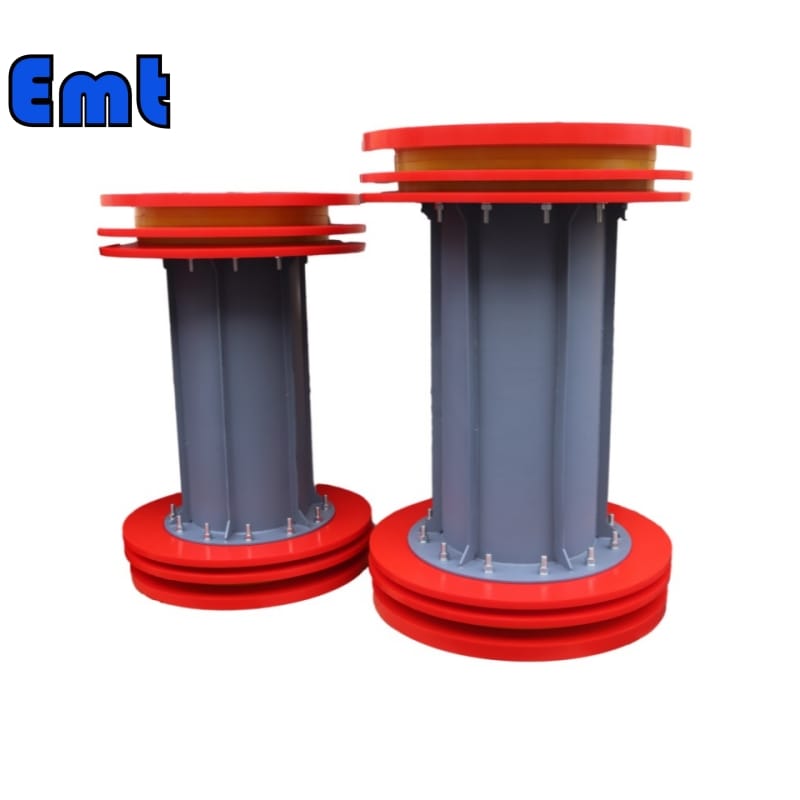
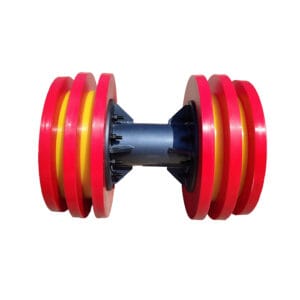
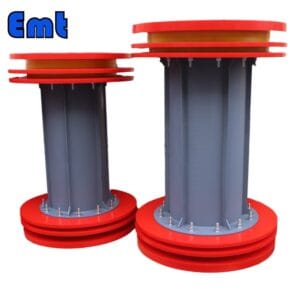
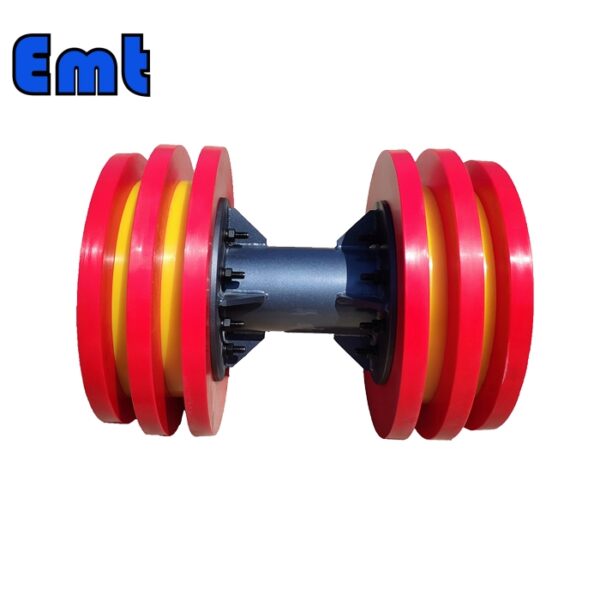
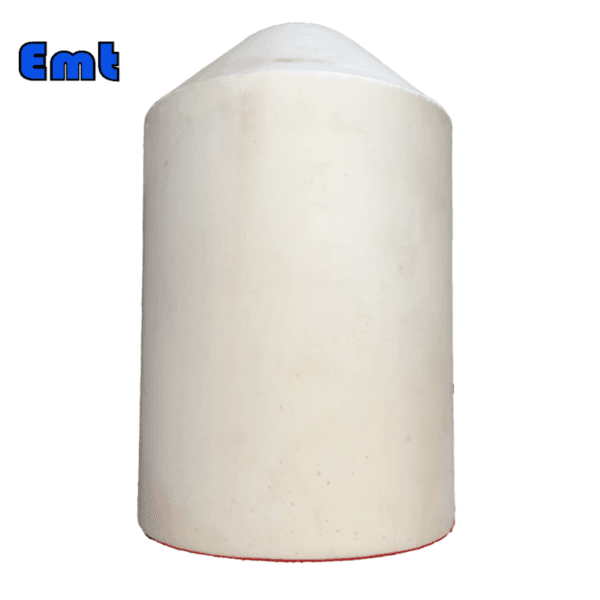
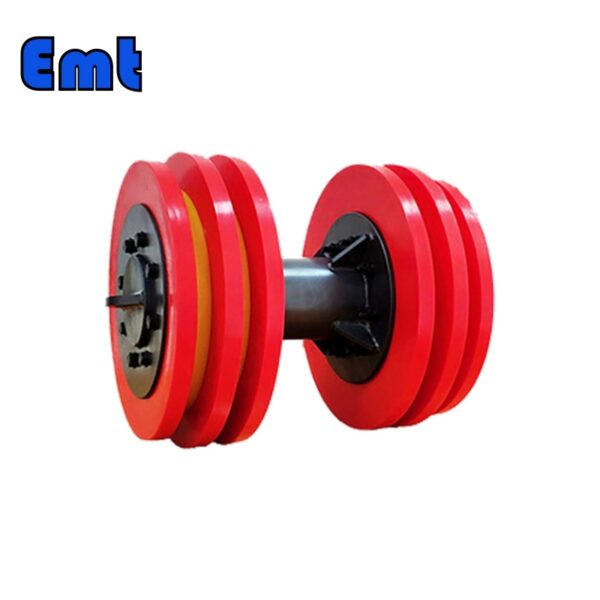
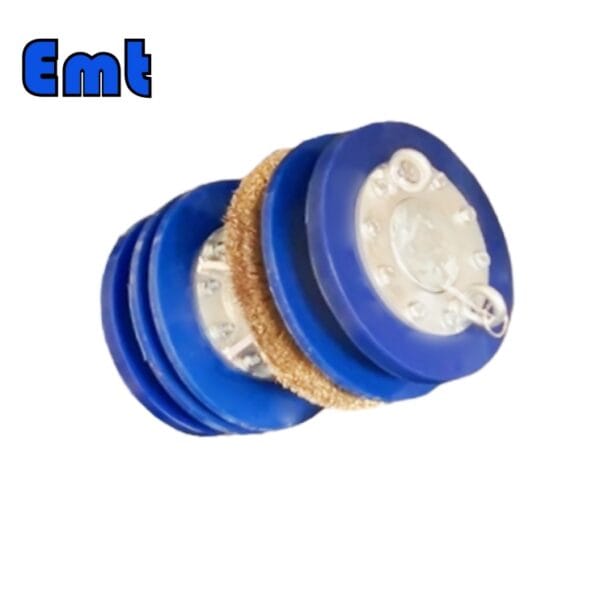
There are no reviews yet.